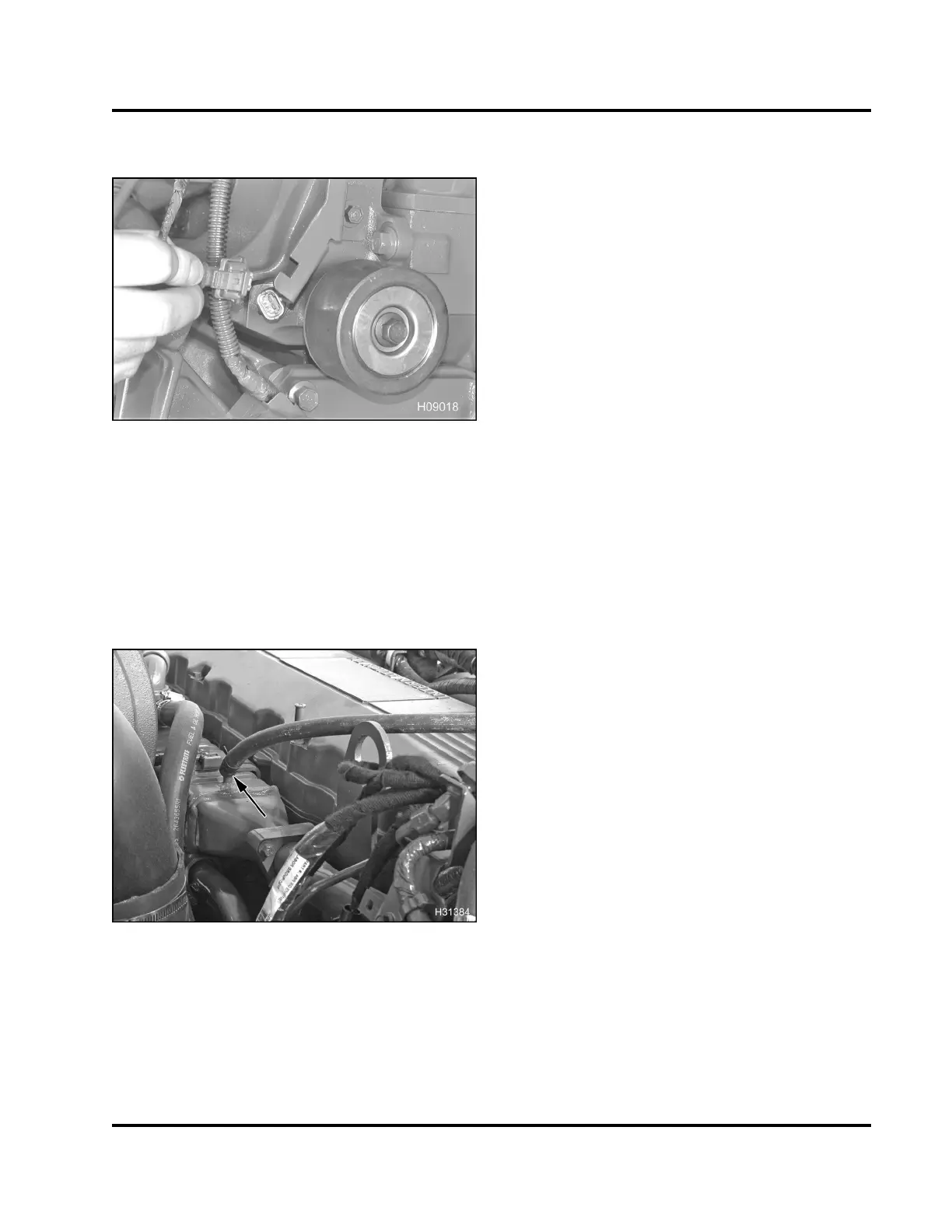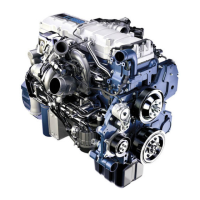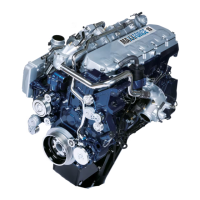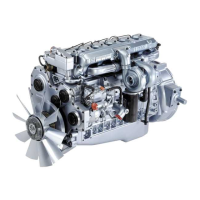4 ENGIN E SY M PTOMS DIAGNOSTICS 121
• IfnoDTCsexist,dostep2.
Figure 137 ECT sensor location
2. Using the EST, compare Engine Coolant
Tempera tu re (ECT), Engine O il Temperature
(EOT), and Manifold Air Temperature (MAT) with
Key On Engine Off. All of the se ns ors should
read within 2° C (5° F) of each other.
NOTE: This is only accurate if done after a cold
soak of at least 8 hours on the engine.
Figure 138 EGR coolant outlet port
3. Install a manual gauge or DMM with a
thermocouple in the EGR cooler inlet port, operate
theengine,andusetheESTtomonitorECT.
4. Runengineuptoanoperatingtemperatureofat
least 7 0° C (1 5 8° F). While monitoring ECT usin g
the EST, instrument panel coolant temperature
gauge and the mechanical or electrical gauge.
Attempt to duplicate the operator’s concern of
coolant over-temp.
• If instrument panel coolant temperature
gauge reads a different temperature than the
EST and test gauge, refer to the Electrical
System Troubleshooting Guide for the
appropriate model and year of vehicle.
• If test gauge and EST read values with a
difference greater than +/- 3° C (+/- 5° F),
do Electronic Control Systems Diagnostics for
ECT circuit found in Section 7 of this manual.
• If the gauge is reading correctly and the
engine is running over-temperature, go to
“Cooling System Operating Pressure Test”
(page 121) in this section.
Cooling System Operating Pressure Test
1. Install the radiator pressure tester on the
deaeration tank and run engine at elevated
idle. M onitor the pressure in the system using
the tester gauge to see if pressure rises above
normal value of deaeration tank cap.
• If pressure is higher than the pressure rating
of the cooling system cap, go to “Combustion
Leaks to Coolant” (page 102) in this section.
• If pressure gauge reading is below pressure
rating of system, replace the thermostat.
EGES-270-1
Read all safety instructions in the "Safety Information" section of this manual before doing any procedures.
Follow all warnings, cautions, and notes.
© August 2008 Navistar, Inc.

